Moscow is more than just a capital city; it is a living chronicle of Russian history, where every street and building holds the memory of pivotal eras. For true history buffs, the city offers a unique immersion into the past, spanning from ancient princely times to the latest chapters of modern history. The MoscowPass, your universal key to the city’s cultural heritage, makes this historical timeline tour not only accessible but also incredibly convenient. This itinerary allows you to trace the evolution of Moscow, visiting the most iconic sites that have defined the course of Russian and world history.
Ancient Rus and the Muscovy Tsardom (12th – 17th Centuries)
The historical journey through Moscow naturally begins at its very heart—the Kremlin. It was here, on Borovitsky Hill, that Yuri Dolgoruky founded the fortress in 1147, which eventually grew into the center of a powerful state. Diving into the era of Ancient Rus and the establishment of the Muscovy Tsardom is mandatory for every history lover who visits the capital.
The Moscow Kremlin: From Fortress to Royal Residence
The Kremlin is an absolute jewel and the key point of our timeline tour. With the help of the MoscowPass, you gain access to its treasures, including the Dormition, Archangel, and Annunciation Cathedrals. The Dormition Cathedral was not only the main church of the country but also the place where Russian monarchs, starting with Ivan the Terrible, were crowned. The Archangel Cathedral served as the burial site for great princes and tsars. Visiting the Armoury Chamber, for which the MoscowPass often includes a separate ticket, allows you to view royal regalia, ceremonial clothing, and collections of weapons that vividly demonstrate the grandeur and wealth of the Muscovy Tsardom during the 16th and 17th centuries. You can trace how fashion, weaponry, and state symbolism changed over the centuries within these historic walls.
Kitay-Gorod and the Romanov Boyar Chambers
The next stop is Kitay-Gorod and the surrounding areas adjacent to the Kremlin. The Romanov Boyar Chambers on Varvarka Street (now a branch of the State Historical Museum) offer a unique glimpse into the everyday life of the pre-Petrine nobility. This museum, also accessible with the Pass, allows you to see the interiors, clothing, and household items of the 17th century, transporting you to the atmosphere in which the first tsar of the new dynasty was raised. A stroll through Kitay-Gorod, where trading rows and the first administrative buildings were located, concludes the immersion into the Muscovy Tsardom period, showcasing its economic and social life. The area is a fantastic way for history buffs to connect with the city’s commercial past.
Imperial Russia and the Era of Reforms (18th – Early 20th Centuries)
Despite the capital being relocated to St. Petersburg in the 18th century, Moscow remained a crucial political and cultural hub, surviving the devastating fire of 1812, which profoundly altered its appearance and subsequent history. This survival demonstrated the city’s resilience.
The Cathedral of Christ the Saviour and the War of 1812
The Cathedral of Christ the Saviour, which can also be visited with the MoscowPass, is a monumental symbol of Russia’s victory in the Patriotic War of 1812. Although the temple itself was only rebuilt in modern times, its history is inextricably linked to the era of Alexander I and the heroic defense of Moscow against Napoleon’s forces. Visiting the cathedral grounds and the adjacent squares allows one to reflect on the scale of loss and triumph experienced by Moscow in the early 19th century. Its complex history, involving demolition in the Soviet era and subsequent reconstruction, also tells a story of modern political change.
The State Historical Museum and Urban Development
The State Historical Museum, located on Red Square, is an indispensable part of the historical timeline tour. With the Pass, you can spend hours exploring exhibitions that cover the entire period from the Paleolithic era to the beginning of the 20th century. The building itself, constructed in the pseudo-Russian style, is an architectural monument from the late 19th century and symbolizes the surge of national self-awareness during that time. An excursion through its halls provides an opportunity to trace how the great reforms of Alexander II took place, how industry developed, and how various social classes lived in the final years of the Russian Empire. The museum offers context for the revolutionary changes that were to follow shortly after.
The Soviet Period and Modern Russia (20th – 21st Centuries)
The 20th century brought Moscow revolutions, regime change, the Great Patriotic War, and the status of a superpower capital. This period left behind perhaps the most controversial yet vivid architectural and memorial traces throughout the city’s vast landscape.
VDNKh: Symbol of Soviet Achievements
The Exhibition of Achievements of National Economy (VDNKh) is an architectural and ideological monument of the Soviet era. The MoscowPass opens the doors to many pavilions and museums on its territory. Here you can see monumental pavilions, each representing a Soviet republic or a branch of the economy, as well as the famous “Friendship of Peoples” and “Stone Flower” fountains. VDNKh perfectly demonstrates the grandiosity of the plans and the ideology of the Soviet Union, especially during the post-war flourishing period. Visiting the site provides a deep cultural understanding of Soviet ambitions and aesthetics.
The Museum of Contemporary History of Russia
To conclude the historical timeline tour, a visit to the Museum of Contemporary History of Russia (formerly the Museum of the Revolution) is highly recommended. While its current exhibitions may not be included in the standard MoscowPass, it serves as a logical conclusion to the itinerary, covering the period from the revolutionary events of 1917 to the collapse of the USSR and the formation of the Russian Federation. Visiting this museum allows one to understand how Moscow and the country as a whole changed under the influence of communist ideology and, subsequently, market reforms. You can conclude the day by walking along Tverskaya Street and observing the dynamic contemporary life of the capital, a stark contrast to the historical weight of the day’s journey. The MoscowPass not only saves you time and money but also structures your journey through history, making it exceptionally informative and engaging for history buffs.

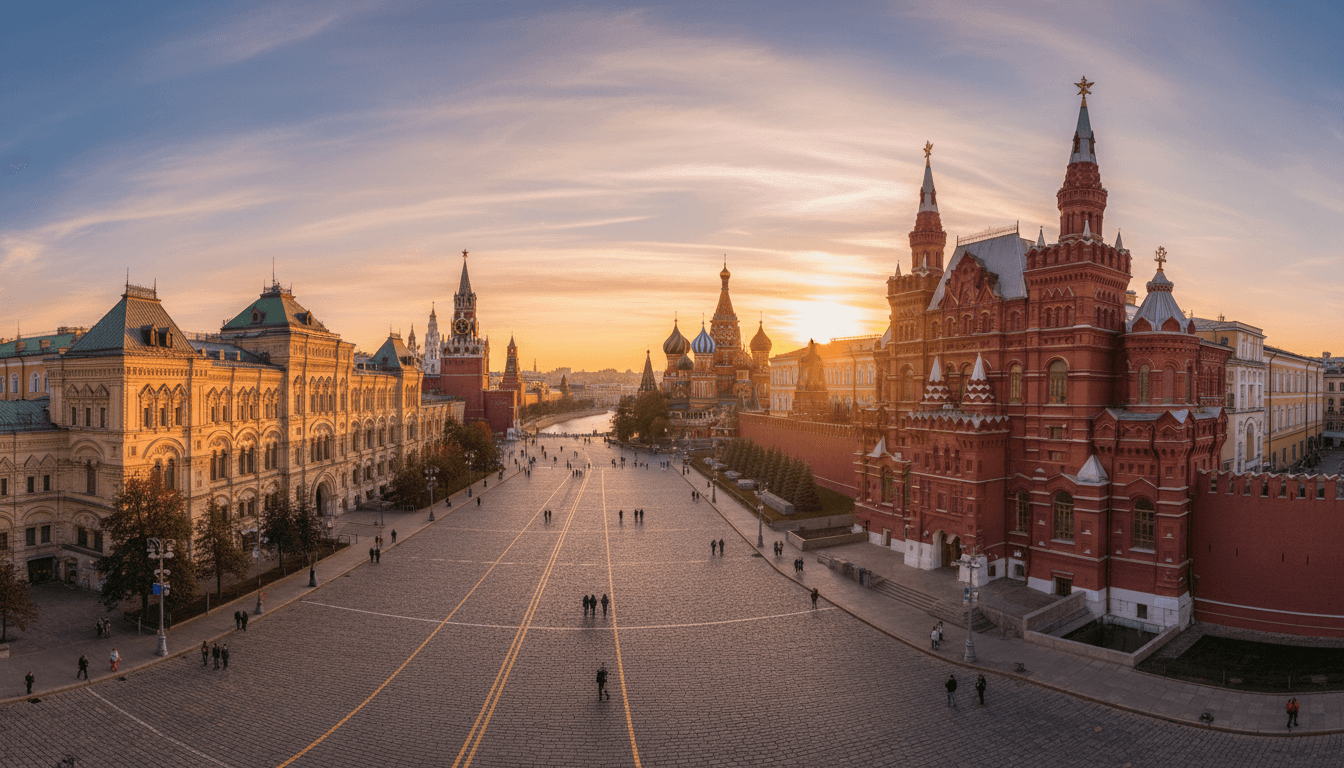 Moscow for History Buffs: Complete Timeline Tour with the Pass">
Moscow for History Buffs: Complete Timeline Tour with the Pass">

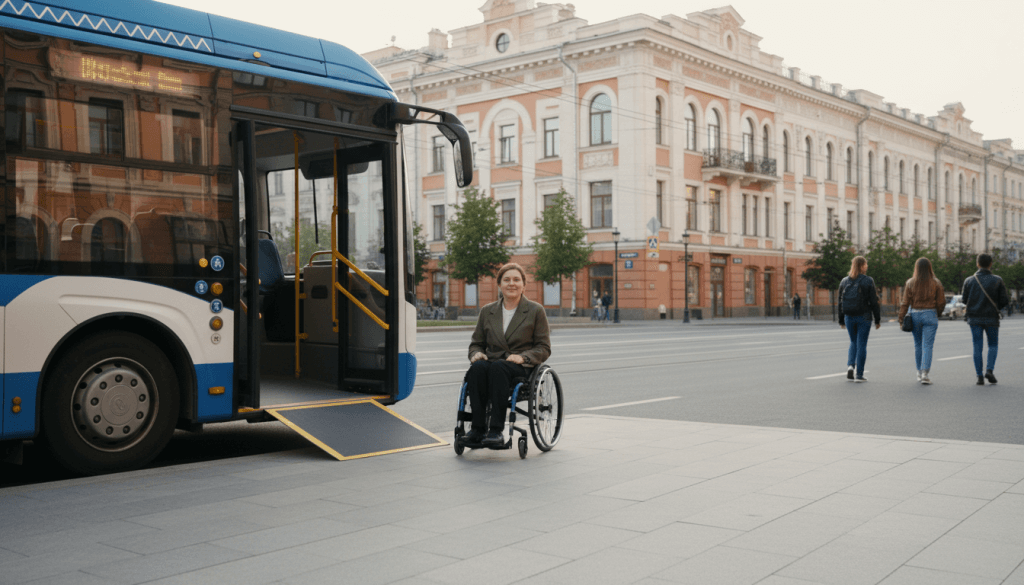 City Without Limits: The Complete Guide to Accessible Moscow for Travelers with Mobility Challenges">
City Without Limits: The Complete Guide to Accessible Moscow for Travelers with Mobility Challenges">
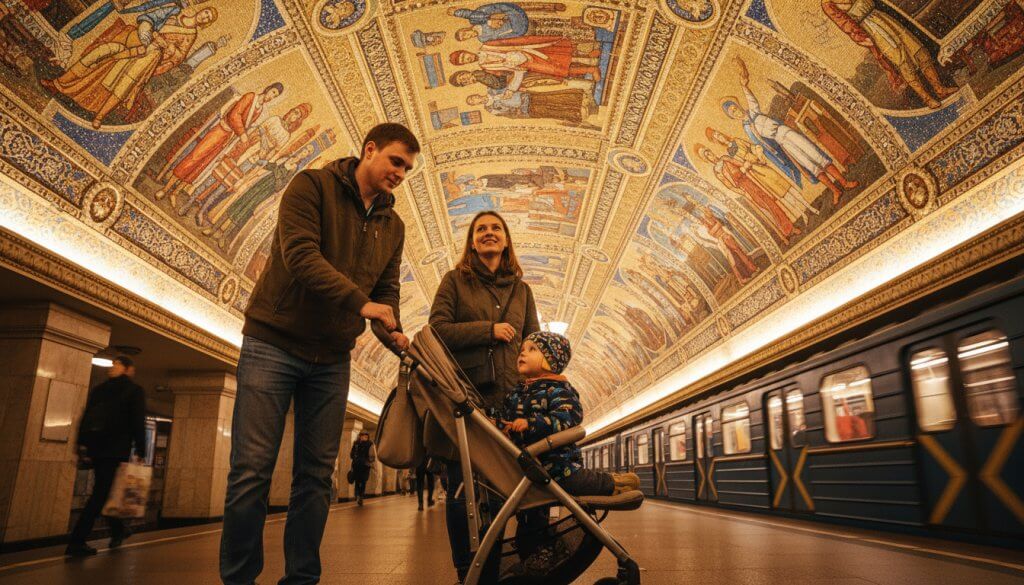 Exploring Moscow with the Little Ones: Maximizing Your Moscow Pass for Families with Toddlers">
Exploring Moscow with the Little Ones: Maximizing Your Moscow Pass for Families with Toddlers">
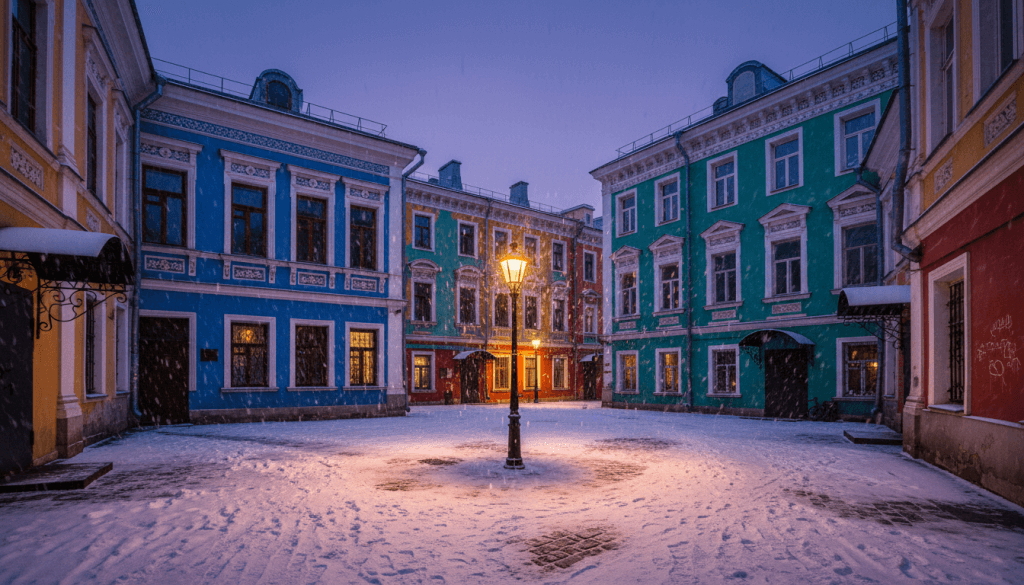 Secret Neighborhoods of Moscow Perfect for First-Time Visitors: A Guide for Beginners">
Secret Neighborhoods of Moscow Perfect for First-Time Visitors: A Guide for Beginners">
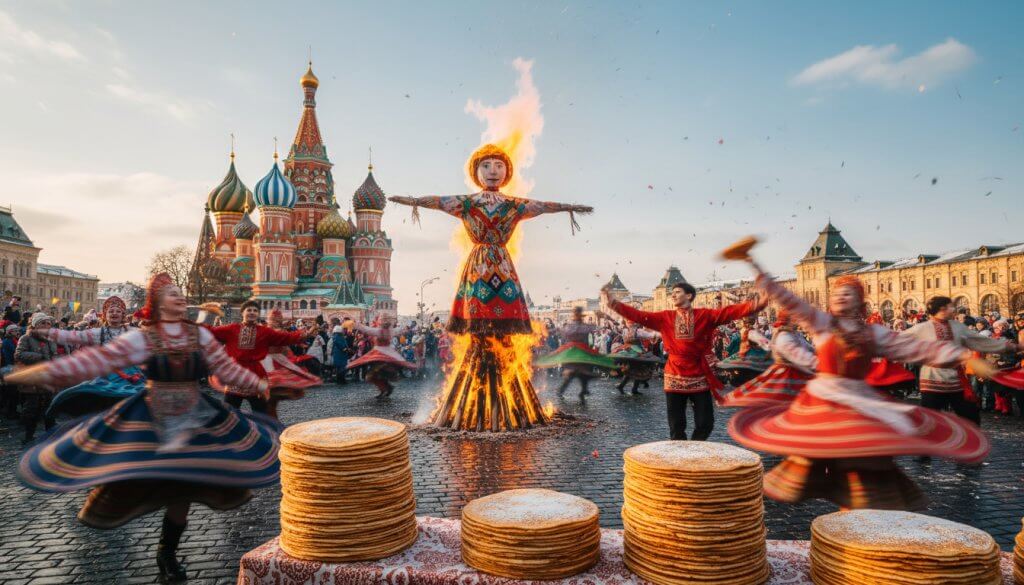 Seasonal Guide to Moscow Festivals: What to See and When in 2025">
Seasonal Guide to Moscow Festivals: What to See and When in 2025">
 Exploring Moscow’s Street Art and Urban Culture Hotspots">
Exploring Moscow’s Street Art and Urban Culture Hotspots">